Standing tall amidst the hustle and bustle of our cities, amidst the ever-changing digital landscape and fleeting trends, is an ageless icon of advertising- the billboard. With its origins hailing back to the late 1800s, billboard advertising has been transformed over time to adapt to the shifting times while still maintaining its core principles. This serves as a testimony to the enduring influence of visual communication. In today’s era, where digital media reigns supreme, the importance of billboards in the advertising world cannot be overstated. Billboards that are “Effective Examples of billboard advertising” not only grab attention but leave a lasting impression, making them an integral resource for businesses.
Billboards have witnessed the transformation of advertising from simple painted boards to the dynamic digital displays of today. Their resilience stems from their ability to command attention, convey a message succinctly, and engage a wide audience. For business owners, especially those looking to sell a product or service, understanding the history and significance of billboard advertising is crucial. It offers a window into the psyche of consumers and provides insights into crafting compelling campaigns that resonate.
In the age of short attention spans and information overload, billboards stand tall, reminding us of the power of simplicity, clarity, and strategic placement. As we delve deeper into this article, we’ll explore the advantages of billboard advertising, showcase effective examples, and provide insights to harness this medium’s full potential.
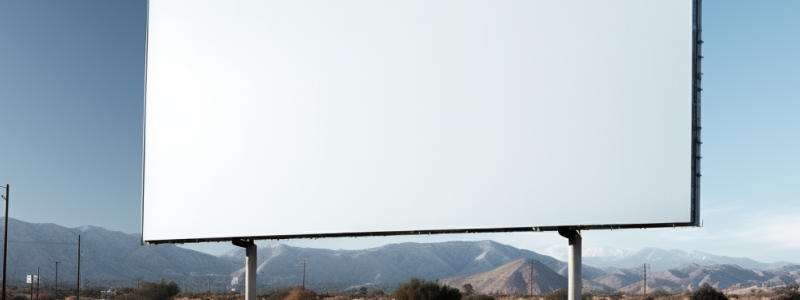
Why Billboards? The Undeniable Advantages
In the vast landscape of advertising avenues, billboards have consistently proven their worth. Their towering presence and strategic placements make them hard to ignore, but what truly sets them apart? Let’s break down the undeniable advantages of billboard advertising:
- Unmatched Visibility: Positioned in high-traffic areas, billboards ensure your message reaches a vast and varied audience. They’re always on, making them a constant reminder of your brand or product.
- Simplicity at Its Best: The limited space on billboards forces brands to be concise and clear. This ensures that the core message is easily understood by passersby in a matter of seconds.
- Cost-Effective: When you factor in the number of impressions a billboard garners daily, the return on investment is impressive. It’s not just about quantity but the quality of those impressions.
- Memorable Impact: A well-crafted billboard can leave a lasting impression, prompting potential customers to take action long after they’ve seen the advertisement.
- Integration with Daily Life: Unlike digital ads that require a device, billboards seamlessly integrate into people’s daily commutes and routines, making them a part of their environment.
Drawing insights from bMedia Group, it’s evident that the most effective billboards strike a balance between creativity and clarity. They resonate with the audience, are strategically placed, and convey a brand’s message in the most straightforward manner.
What Companies use Billboard Advertising? Effective Examples
Billboard advertising has long been a staple in the world of outdoor marketing, and for good reason. Over the years, numerous campaigns have not only captured our attention but have also resonated deeply, leaving a lasting impression. Let’s delve into some of the most “Effective Examples of billboard advertising” and uncover the magic behind their success:
- Apple’s “Shot on iPhone” Campaign: A masterclass in user-generated content, this campaign showcased stunning photographs taken by iPhone users. The genuineness of real users’ photos emphasized the superior camera quality of iPhones.
- Coca-Cola’s Santa Claus Billboards: A timeless classic, these billboards evoke a sense of nostalgia every holiday season. The consistent branding and emotional connection they foster are unparalleled.
- “Look At Me” by Women’s Aid: An innovative campaign from the UK, these interactive billboards responded when people looked at them. Aimed at raising awareness about domestic abuse, it was a brilliant blend of technology and traditional advertising.
- McDonald’s Sundial Billboard: This creative billboard featured a real sundial whose shadow landed on a different breakfast item each hour, indicating what time it was in a fun, interactive way.
- BBC’s Dracula Shadow Billboard: A billboard that came alive at night. During the day, it seemed like random stakes on a board, but at night, a light would cast a shadow that formed Dracula’s menacing face.
The brilliance of these campaigns lies in their ability to intertwine creativity, clarity, and relevance. They don’t just advertise; they tell stories, evoke emotions, and engage the audience in unique ways.
What is a Good Billboard Advertising?
In the bustling world of advertising, billboards stand tall and proud, often serving as the first point of contact between a brand and its potential customers. But what makes a billboard truly impactful? Let’s explore the “Effective Examples of billboard advertising” in terms of design principles, messaging clarity, and strategic placement:
- Simplicity is Key: A billboard has mere seconds to convey its message to a passerby. Keeping the design simple and the message concise ensures that the core message is delivered effectively.
- Striking Visuals: A captivating image or graphic can make all the difference. It should complement the message and be easily discernible from a distance.
- Contrasting Colors: Using contrasting colors enhances readability and ensures that the text stands out against the background.
- Clear Messaging: Avoid jargon and complex phrases. The message should be straightforward and resonate with the target audience.
- Strategic Placement: The location of the billboard plays a pivotal role. It should be placed where it can garner maximum visibility, be it a busy highway or a popular city junction.
- Single Call-to-Action: While it’s tempting to add multiple CTAs, focusing on one primary action you want the viewer to take is more effective.
- Consistent Branding: Ensure that the billboard aligns with the brand’s overall identity, from colors to logos and typography.
Billboards, when executed correctly, can be a powerful tool in a brand’s advertising arsenal. By adhering to these key elements, businesses can create billboard campaigns that not only capture attention but also drive action.

Common Mistakes to Avoid in Billboard Advertising
Billboard advertising, when executed correctly, can be a game-changer for businesses. However, there are pitfalls that can diminish the effectiveness of a campaign. Let’s explore some of the common mistakes to avoid when designing “Effective Examples of billboard advertising”:
- Poor Quality Imagery: Using low-resolution or irrelevant images can detract from the message and make the billboard look unprofessional. Ensure that the imagery used is of high quality and resonates with the brand and message.
- Overcomplicating the Design: A cluttered design can confuse the audience. Remember, less is often more when it comes to billboard design.
- Using Too Much Text: Billboards are viewed on-the-go, so the message needs to be concise and clear. Avoid long sentences and opt for impactful phrases.
- Ignoring Brand Consistency: Ensure that the billboard aligns with other marketing materials in terms of colors, fonts, and overall aesthetic.
- Neglecting Call-to-Action (CTA): While the message is crucial, guiding the audience on what to do next is equally important. Whether it’s visiting a website or making a call, a clear CTA is essential.
- Choosing the Wrong Location: Even the best-designed billboard can fail if it’s not strategically placed. Research and choose locations that target the desired audience.
- Not Refreshing the Content: An outdated or stale advertisement can lose its impact over time. Regularly update the content to keep it fresh and relevant.
By being aware of these common pitfalls and actively avoiding them, businesses can harness the full potential of billboard advertising, ensuring that their campaigns are both captivating and effective.
The Future of Billboard Advertising
As we navigate the ever-evolving landscape of advertising, billboards remain a steadfast and influential medium. But what does the future hold for these towering canvases of creativity? Let’s delve into the upcoming trends and innovations that will shape the “Effective Examples of billboard advertising” in the years to come:
- Digital and Interactive Billboards: The integration of technology with traditional billboards has given rise to digital and interactive displays. These billboards can change content in real-time, respond to environmental triggers, and even interact with audiences.
- 3D and Augmented Reality (AR) Billboards: The use of 3D graphics and AR in billboards offers a more immersive experience, captivating audiences with lifelike visuals and interactive elements.
- Geo-Targeting and Personalization: With advancements in data analytics, billboards can now display content tailored to the demographics and preferences of the audience in a specific location.
- Sustainability: As environmental concerns take center stage, the future will see a rise in eco-friendly billboards, utilizing sustainable materials and energy-efficient lighting.
- Integration with Mobile and Online Platforms: Billboards will increasingly work in tandem with mobile apps and online platforms, offering QR codes, app integrations, and multi-channel campaigns.
- Data-Driven Insights: The use of data to analyze the effectiveness of billboard campaigns will become more prevalent, allowing advertisers to make informed decisions and optimize their strategies.

Best Billboards: Conclusion
In the vast realm of advertising, billboards have stood the test of time, evolving and adapting to the changing dynamics of the industry. As we’ve journeyed through the history, advantages, effective examples, design principles, common pitfalls, and future trends of billboard advertising, one thing remains clear: billboards are a potent tool for businesses. Here’s a recap of the undeniable power of “Effective Examples of billboard advertising”:
- Enduring Impact: Billboards have the unique ability to make a lasting impression, often becoming landmarks in their own right. Their sheer size and strategic placement ensure that they capture attention, making them hard to ignore.
- Versatility: From traditional static billboards to digital and interactive displays, the medium offers a range of options to suit different advertising needs and budgets.
- Broad Reach: Billboards provide an unparalleled opportunity to reach a diverse audience, from daily commuters to tourists.
- Cost-Effective: When compared to other advertising mediums, billboards offer a cost-effective solution, especially considering their broad reach and prolonged exposure.
- Adaptability: As we’ve seen, the future of billboard advertising is bright, with innovations like digital displays, AR, and geo-targeting paving the way for more personalized and engaging campaigns.
In conclusion, for business owners looking to effectively promote their products or services, billboards remain a tried and tested medium. Their ability to convey messages succinctly, combined with their vast reach, ensures that they remain a cornerstone of advertising strategies. As we move forward, it’s evident that businesses that leverage the power of billboards will continue to thrive in the competitive market.

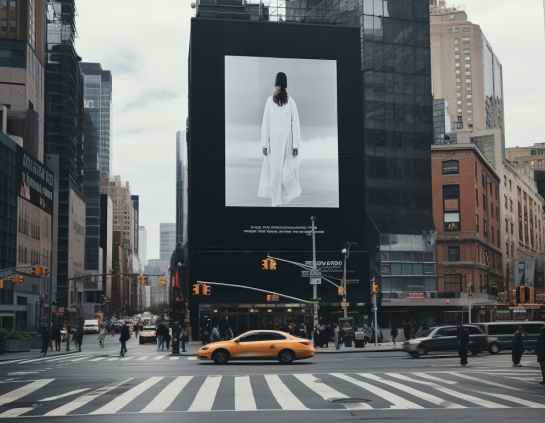


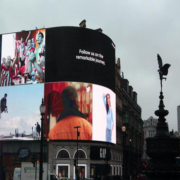
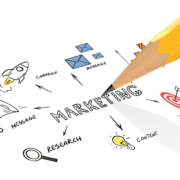
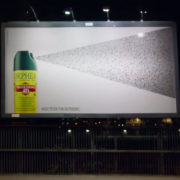
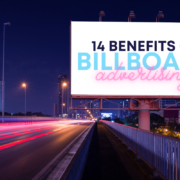

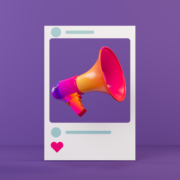

 787 792 4113
787 792 4113
